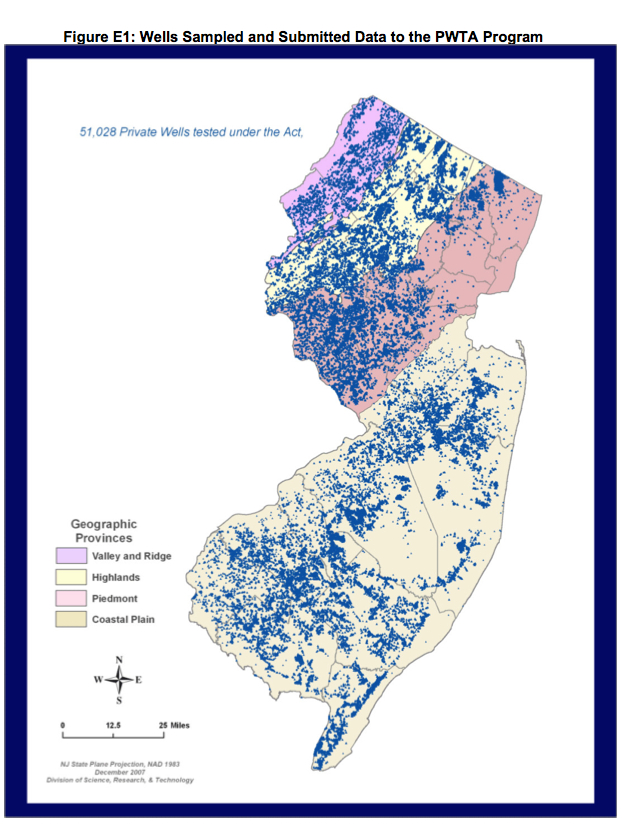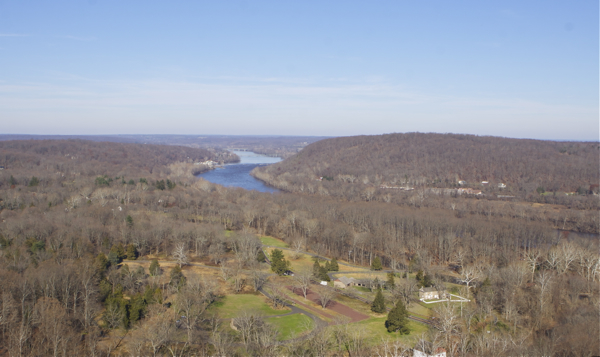DEP Failure to Report Data Frustrates Transparency and Accountability
This is Part Three of our Clean Water series, looking at how DEP has fallen down on the job of protecting water resources (with an important end note for wonks only].
The policy of the 1990 Clean Water Enforcement Act (CWEA) is the exact opposite of the Christie Administration.
So, release of the legislatively mandated CWEA annual report would shine a bright light on these sharp contrasts and provide an opportunity for the public to understand how the DEP was reconciling the Legislative mandate of the CWEA with the Governor’s policies.
Is DEP honoring the will of the Legislature or the Governor? Is strict enforcement being compromised? Are enforcement fines going down?
We don’t know, because DEP has not issued the mandated annual report for the enforcement performance of the Christie Administration. Annual Reports are due by March 31, a date timed to allow legislative consideration during DEP’s annual budget review.
(here is the most recent CWEA 2009 “Annual report”, issued based on 2009 calendar year data, the final year of the Corzine Administration.)
I don’t recollect DEP ever falling over 2 years behind in issuing the annual report, so this delay probably is not an accident.
So, let’s look more closely at those contrasts.
The CWEA mandates annual facility inspection and sets mandatory penalties for permit violations, thereby eliminating DEP discretion and flexibility.
In fact, the key feature and primary objective of the Act was to eliminate DEP discretion.
The Legislature determined was necessary after studies showed that DEP had systematically abused its “enforcement discretion”. The data revealed that DEP had failed to take enforcement action in over 90% of violations of water pollution control permits, making those permits a joke.
The philosophy of the CWEA is enforcement driven and punitive.
The Act created a regulatory program that promotes compliance via strict penalties, not incentives, cooperative partnerships, compliance assistance, voluntary compliance, and informal dispute negotiation approaches.
As such, in its key features the CWEA provides a sharp contrast with the Christie Administration’s pro-business anti-regulatory policy.
The Christie policy is epitomized by the DEP waiver rule, which is designed to provide maximum discretion and flexibility to the DEP Commissioner.
A perfect illustration of this policy contrast between CWEA and Christie Administration, DEP’ enforcement webpage provides this “Compliance Advisory Enforcement Alert“ update: (and notice the link to legislative intent, a clear attempt to address the Legislative Veto, which is up in the Senate today)
Strict compliance with rules can sometimes produce unreasonable, unfair or unintended results that may actually undermine, rather than advance, the legislative intent of its enabling statutes or rules. In response to Governor Christie’s Executive Order No. 2, which directs State agencies to implement common sense principles, the DEP will accept requests for waivers of a rule requirement beginning August 1, 2012.
Aside from the fact that a mere 1 sentence reference to Legislative Intent is absurd on its face, just what are the policies behind that “common sense” slogan?
“Common sense” in a nutshell: Executive Order #2 mandates “immediate relief from regulatory burdens”, to be provided via:
- “advance notice of rules” (more access and control for business)
- “time of decision rules” (provides technical loopholes in when rules apply)
- “waivers from strict compliance” (no need to explain)
- “cost benefit analysis” (undermines protections via flawed or immoral methods)
- “consistency with federal standards” (rollback of strict NJ standards to federal minimums)
- “compliance eduction” (holding polluters hands and slapping their wrists)
- “customer service” (DEP works for polluters, not the public)
So, there it is.
Christie policy of “regulatory relief” and “waivers” simply contradict the Legislature’s CWEA policy.
So, when will a bold legislator conduct oversight and demand accountability at DEP?
When will some intrepid reporter start asking some questions?
When will environmental groups put the heat on?
We’ll keep you posted.
[end note for wonks only: mandatory enforcement becomes even more important as compliance with the Clean Water Act TMDL and “water quality based effluent limits” (WQBELs) drive stricter permit limits.
No doubt, the mandatory penalties of the CWEA have weakened existing permits, because DEP seeks to provide a compliance “cushion” to polluters and protection from mandatory penalties for permit violations.
Those cushions evaporate as TMDL’s and WQBEL’s are imposed – which explains the slow pace of the TMDL program and reversal of the McGreevey Administration’s WQBEL policies.
In accordance with the NJPDES rules @ N.J.A.C 7:14A-13.5(a), water quality based effluent limitations (WQBELs) are required when a pollutant or pollutants,
“…are or may be discharged at a level which will cause, have the reasonable potential to cause, or contribute to an excursion above the Surface Water Quality Standards.”
EPA needs to step in to rectify this, because no one else seems to be paying attention.]





